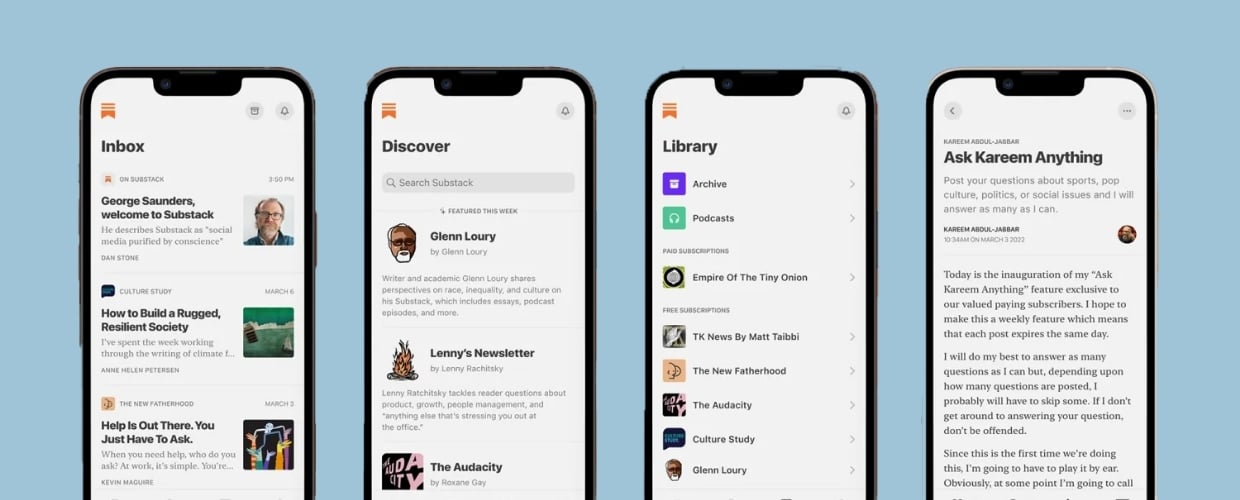An updated version of this blog can be found here.
If your brand isn’t prioritizing earned media strategies to meet business goals, now might be the time to reevaluate your strategy.
Earned media continues to serve an important role in successful public relations and marketing strategies, despite a rise in “fake news” and other pushback against mainstream media in recent years. Earned media provides organizations an avenue to effectively strengthen brand recognition and credibility with target audiences. And, when combined with owned media (like blog posts or social media), and paid media (like digital advertising), earned media helps form the foundation for a holistic and formidable communications strategy.
While effective media relations can be a difficult skill to master, it's also notoriously difficult to quantify the success of earned media. Why? Because it’s a top-of-funnel marketing activity that rarely leads directly to new business. Earned media is more about establishing brand recognition and awareness, whereas other communications pathways, like owned and paid media, correlate more precisely to generating and nurturing leads.
So how can organizations better understand and quantify the success of their earned media programs? Here are a few ideas to communicate the value of your efforts:
Conduct an ongoing Share-of-Voice analysis
A Share-of-Voice (SOV) analysis provides a direct, side-by-side view of how your organization is performing in terms of earned media coverage against your top competitors.
The idea here is that you and your competitors each have a slice of the pie, but those slices are different sizes depending on who is getting more media coverage. By conducting a SOV analysis at the beginning of a media relations campaign, not only can you see where you stack up against the competition, but also track how your share of the pie grows over time.
Limit a SOV analysis to 3-6 competitors and be sure to update and review on a quarterly basis. The best SOV analyses not only highlight growth against the competition, but also uncover areas of opportunity based on what the competition is – and isn’t – doing. And remember: it may take some time to see results. Successful earned media programs are a marathon, not a sprint!
Cross-reference earned media coverage with website analytics
Google Analytics isn’t only for digital marketers – it can offer strong insights for public relations professionals too.
Using Google Analytics to compare the publication dates of earned media coverage with website traffic can prove effective in tracking the value of your efforts. Are there spikes in traffic the day of or the day after an earned media placement went live? If so, you may be able to credit those earned media placements with driving additional website traffic. You can also look at where that traffic is coming from to better understand whether readers clicked links within the article pointing them toward your website or a specific landing page.
As with any marketing or communications strategy, it’s best to take an integrated approach. Your earned, owned and paid efforts should complement each other to maximize brand awareness and extend the lifecycle of your storytelling efforts.
Don’t overlook publication reach and readership
Some marketing and PR pros dismiss readership stats as antiquated and misleading, but they are not altogether irrelevant in quantifying the success of earned media. Readership statistics like distribution or Unique Visitors Per Month (UVM) can, at the very least, provide a baseline against the potential reach of your efforts.
If you’re concerned about this not being enough to quantify success, try layering additional readership statistics into your reporting. For example, most publications have a media kit readily available that further breaks down readership into more defined audience segments that help you understand who is reading the publication. If you’re trying to target a specific type of audience or someone with a specific role within a company, these types of audience breakdowns can provide the insights necessary to showcase the value of an earned media placement in a specific publication.
Also look for statistics around a publication’s domain authority, which predicts how well a website ranks in search engines. The higher the domain authority on a scale of 0 – 100, the more likely your earned media success will be high ranking in search engines.
Earned media can play a significant role in an organization’s communications strategy and should remain top-of-mind when considering overall business goals and all-up strategy.
Looking for more information on how it can help you achieve your PR and marketing goals in a quantifiable way? Contact us today.





